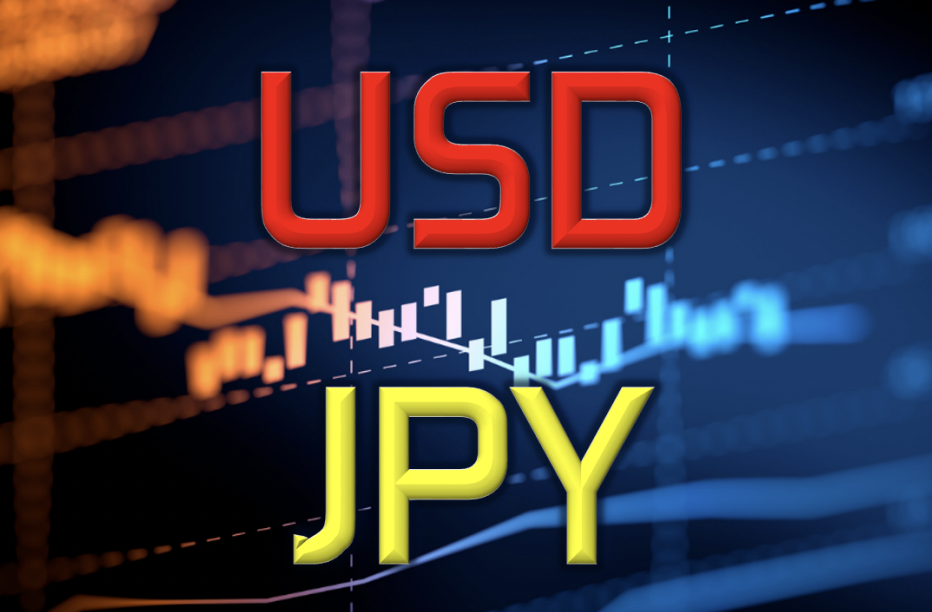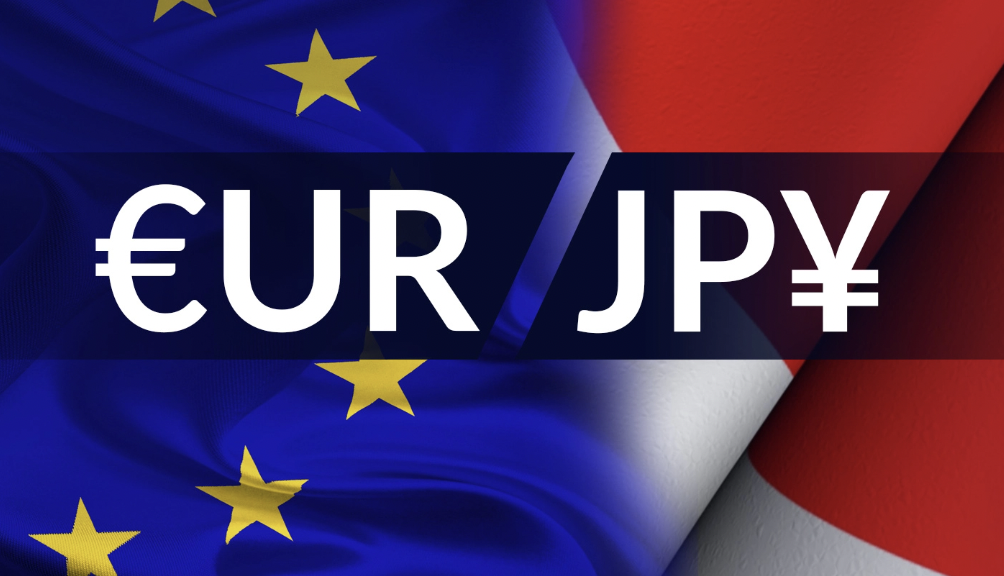
Alina Haynes
Nov 10, 2022 18:32

The USDJPY pair struggles to benefit on yesterday's modest rebound from the 145.15-145.10 support zone, or an almost two-week low, and confronts fresh supply on Thursday. During the early European session, the pair maintains a defensive posture and is currently trading marginally above the 146.00 round number at the daily low.
A small decrease in the U.S. dollar, along with repositioning activity ahead of significant U.S. macroeconomic data, drives some USDJPY sales. Traders are reluctant to place aggressive bets ahead of Thursday's release of the latest US consumer inflation data, so the downside remains contained. The crucial US CPI report will play a key role in determining the Fed's policy tightening path, which should influence the near-term USD price dynamics and provide a fresh impetus to the major's direction.
The markets continue to price in a rate hike of at least 50 basis points in December. In contrast, the Bank of Japan has not yet indicated an intention to raise interest rates. In addition, the BoJ remains committed to maintaining the 10-year bond yield at 0%. Thursday, Governor Haruhiko Kuroda of the Bank of Japan emphasized that the central bank must continue to support a feeble economic recovery with a liberal monetary policy. Kuroda remarked that economic uncertainty is fairly significant and that negative interest rates can be further decreased if necessary.
This is a big contrast to a more hawkish Federal Reserve and increases the probability of USDJPY purchases. In addition, the BoJ governor's rejection of aspirations for a direct intervention in the foreign exchange market to preserve the domestic currency gives credence to the bullish perspective. Therefore, any potential decrease may continue to attract some buyers and is likely to be restricted for the time being. A decisive breach below the psychological threshold of 145.00, however, would invalidate the positive outlook.


Nov 10, 2022 18:40